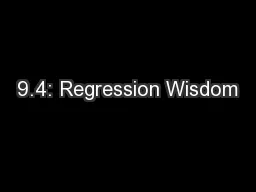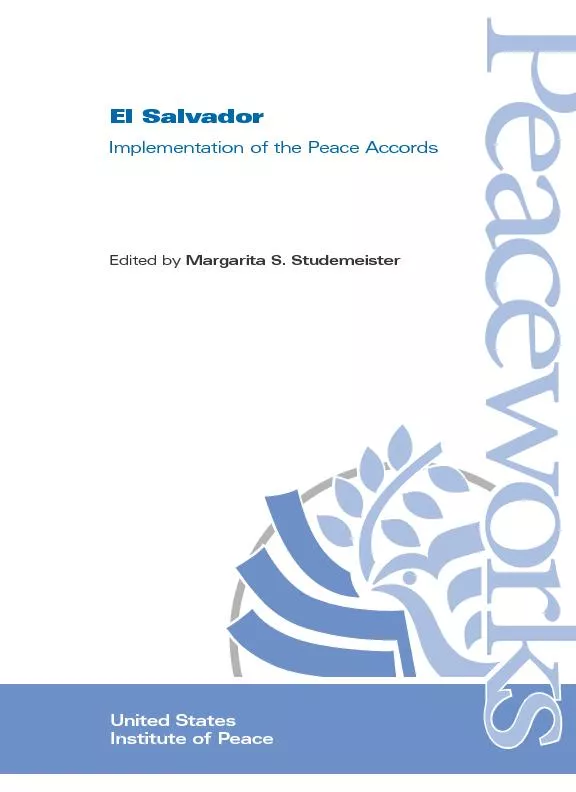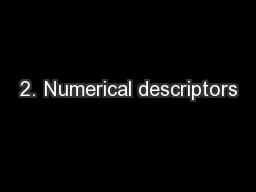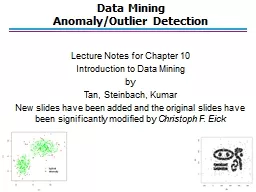PDF-Quiz #2 Identifying Univariate Outliers / Influential Data PointsThe
Author : tawny-fly | Published Date : 2016-06-06
Identifying Outliers More about this interpolation stuff Whenever the depth of a median or a fourth is a decimal 5 then you must interpolate That is you must find
Presentation Embed Code
Download Presentation
Download Presentation The PPT/PDF document "Quiz #2 Identifying Univariate Outliers..." is the property of its rightful owner. Permission is granted to download and print the materials on this website for personal, non-commercial use only, and to display it on your personal computer provided you do not modify the materials and that you retain all copyright notices contained in the materials. By downloading content from our website, you accept the terms of this agreement.
Quiz #2 Identifying Univariate Outliers / Influential Data PointsThe: Transcript
Download Rules Of Document
"Quiz #2 Identifying Univariate Outliers / Influential Data PointsThe"The content belongs to its owner. You may download and print it for personal use, without modification, and keep all copyright notices. By downloading, you agree to these terms.
Related Documents














